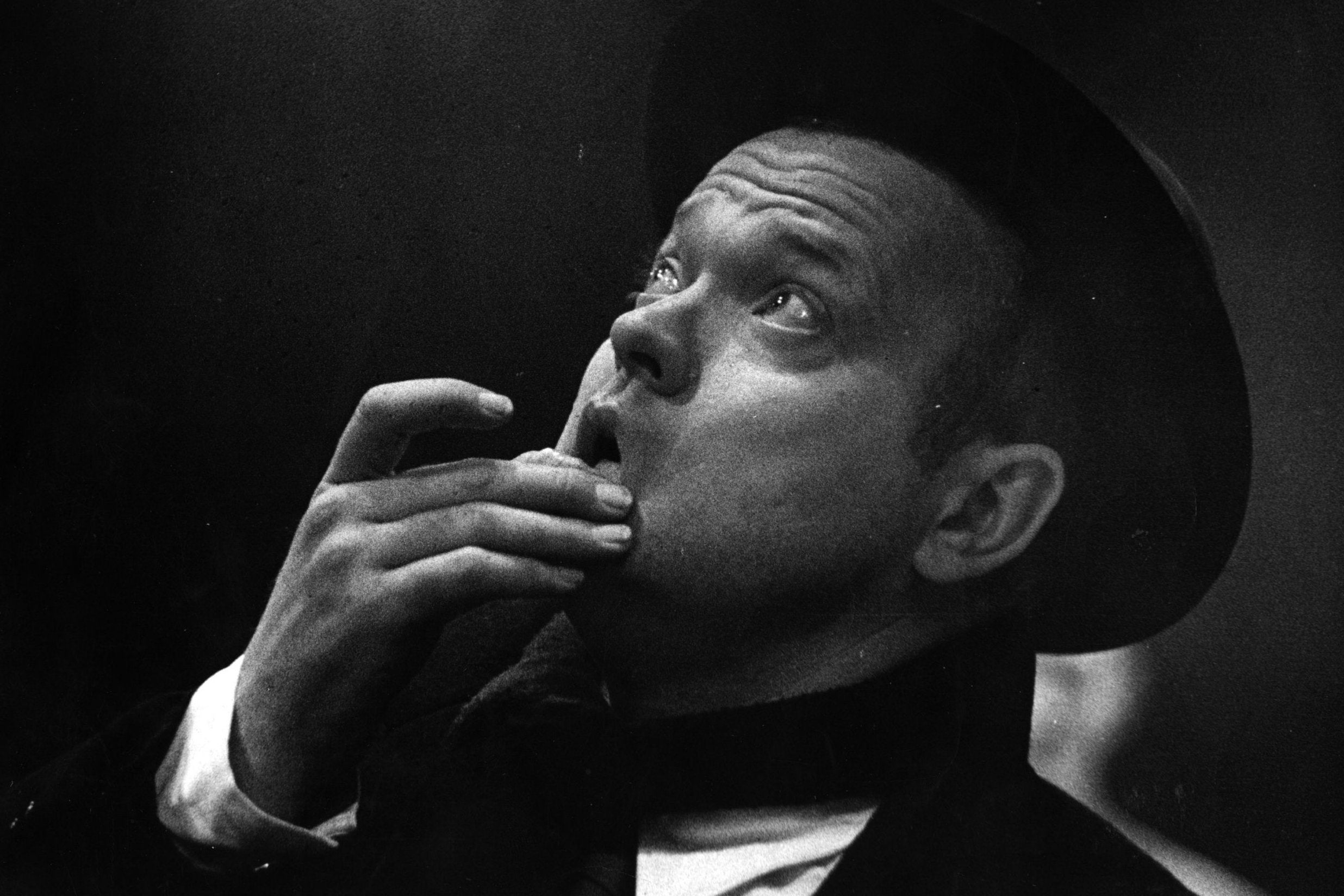The Eyes of Orson Welles review: Mark Cousins finds a new angle on a Hollywood great
In his singsong voice, Cousins tells Welles how the world has changed in the intervening years

Your support helps us to tell the story
From reproductive rights to climate change to Big Tech, The Independent is on the ground when the story is developing. Whether it's investigating the financials of Elon Musk's pro-Trump PAC or producing our latest documentary, 'The A Word', which shines a light on the American women fighting for reproductive rights, we know how important it is to parse out the facts from the messaging.
At such a critical moment in US history, we need reporters on the ground. Your donation allows us to keep sending journalists to speak to both sides of the story.
The Independent is trusted by Americans across the entire political spectrum. And unlike many other quality news outlets, we choose not to lock Americans out of our reporting and analysis with paywalls. We believe quality journalism should be available to everyone, paid for by those who can afford it.
Your support makes all the difference.Dir Mark Cousins, 112 mins, featuring: Mark Cousins, Beatrice Welles
Mark Cousins begins his intriguing documentary on Orson Welles by writing to Welles, who died more than 30 years ago. In his singsong voice, Cousins tells Welles how the world has changed in the intervening years. “Something called the internet has come along,” he explains. “The addict in you, the adrenalin junkie, would love it.”
We’ve been swamped with Welles biographies and documentaries in recent years. Welles’ late film, The Other Side Of The Wind, will receive its premiere at the Venice Film Festival later this month, close to 50 years after he started shooting it.
Thankfully, Cousins comes at the great man from a new angle. As he puts it, “it is good to look at a life again through another lens”. The thesis of the film is that Welles was, above all, a visual artist. The director has accumulated plenty of evidence to back up this point of view. He has been given access to a treasure trove of Welles’ drawings, many never seen before.
Cousins makes subtle connections between the filmmaker’s life and his work. For example, he suggests that Welles’ ingenuity at filming from below was strongly influenced by the time he spent as an art student in Chicago, “the city of the first great skyscrapers”.
The time he spent in Chicago’s celebrated Art Institute had a direct impact on Citizen Kane. Wherever he went, Cousins claims, Welles continued to sketch and draw. The documentary takes Cousins from Chicago to Ann Arbor (where many of his old possessions are kept) to Ireland, New York and many other locations.
As he follows diligently in Welles’ footsteps, Cousins throws in snippets of radio archive (for example, from Welles’ version of War Of The Worlds which convinced many that New York really was being invaded by aliens). He uses clips and stills from Welles’ own movies as well as contemporary footage and scenes from such films about Welles as Richard Linklater’s Me And Orson Welles and Tim Robbins’ The Cradle Will Rock.
He considers Welles’ political activism and how his art was changed by the Holocaust. He looks at Welles’ complicated love life, his romantic ideas of chivalry, and the strange way Father Christmas and Falstaff overlapped in his visual imagination. However, his main preoccupation is always with the drawings and paintings.
Welles’ daughter, Beatrice, made the documentary possible. She has a chequered reputation with some Welles experts for her protective treatment of her father’s estate but she suggested this project to Cousins – and features in the documentary.
Many of the stories here will already be familiar to anyone with even the most cursory knowledge of Welles. Most viewers, though, won’t have seen the drawings showcased here. These include sketches for a film version of Julius Caesar which he never made, tourist-eye pictures of Paris, drawings for his movie version of Kafka’s The Trial, and poignant little images he scribbled on the edges of his love letters to Rita Hayworth.

Watch Apple TV+ free for 7 days
New subscribers only. £8.99/mo. after free trial. Plan auto-renews until cancelled

Watch Apple TV+ free for 7 days
New subscribers only. £8.99/mo. after free trial. Plan auto-renews until cancelled
Some of the sketches are little more than doodles but they always hint at what Welles was striving for on screen. The films, Cousins convincingly argues, are versions of the drawings “come to life”. The director’s “lightbulb” moment is that Welles thought with “lines and shapes” rather than with words.
The Eyes of Orson Welles hits UK cinemas 17 August.
Join our commenting forum
Join thought-provoking conversations, follow other Independent readers and see their replies
Comments